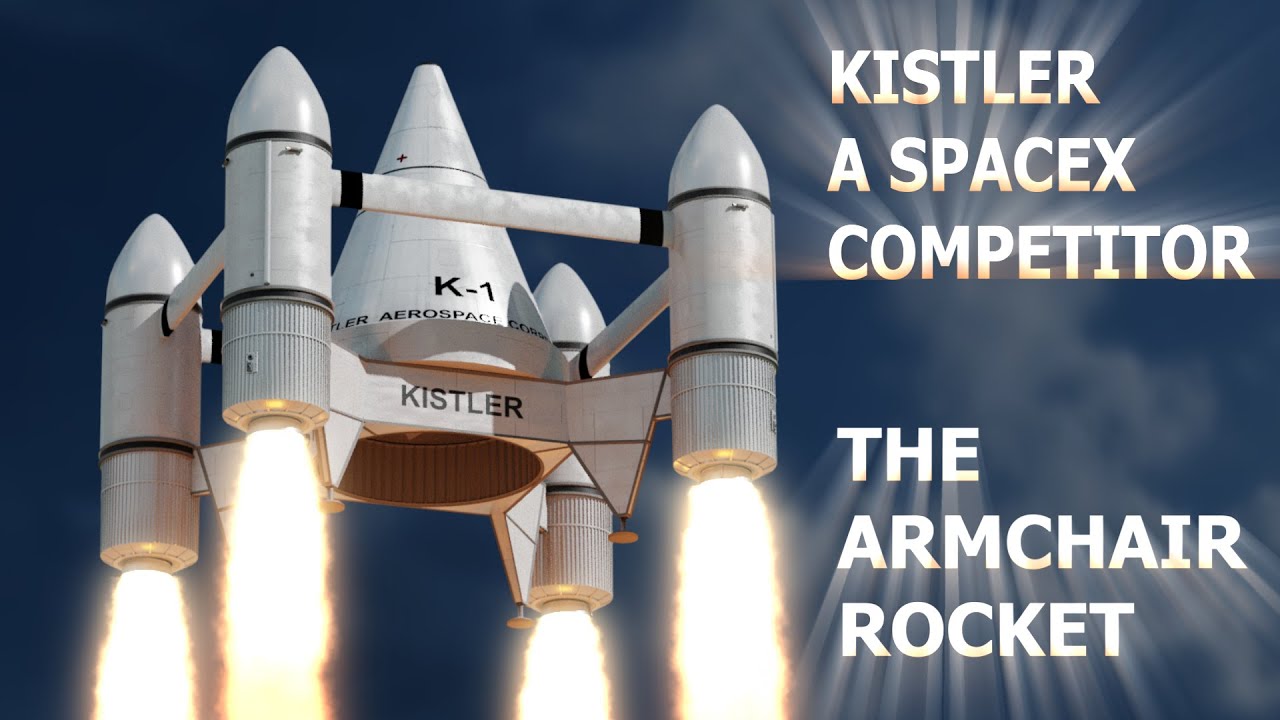In the wild and woolly early days of the second go-round of commercial space in the early 2000s, one of the woolier (but not the wooliest) designs was the Kistler K-1, a rapidly-evolving concept for a two stage fully reusable launch vehicle which its designer, Kistler Aerospace, proposed to NASA for cargo resupply missions to the International Space Station (ISS). The vehicle had a “launch assist platform” which would carry the second stage to its launch velocity and altitude, then boost back and return to the launch site. The second stage would proceed to orbit, deliver its cargo module to the ISS, then de-orbit and return to the launch site. Over time, the design proposed propulsive landing and a parachute/airbag system to recover the stages.
In 2004, Kistler received a US$ 227 million contract to complete and test the design and fly ISS cargo missions. SpaceX protested, claiming this bet on Kistler’s speculative design was due to the company’s employing a number of ex-NASA graybeards, including its chairman George Mueller, who headed the NASA Office of Manned Space Flight from 1963 through 1969. The company was also well plugged-in to the traditional “big aerospace” world, counting Lockheed Martin, Aerojet General, Northrop Grumman, and AlliedSignal among its subcontractors.
The SpaceX protest eventually led to the Government Accountability Office ordering NASA to suspend the contract. NASA replaced it with the Commercial Orbital Transportation Services (COTS) program, which went on to award contracts to SpaceX and Kistler in 2006. By this time, the scuttlebutt in the space world was that the Kistler design had negative payload mass to orbit and was unlikely to ever work. After missing a series of deadlines for contract milestones, NASA terminated the contract with Kistler in October 2007, eventually awarding half of the COTS business to Orbital Sciences. Kistler declared bankruptcy in 2010. The company never completed assembly of any flight vehicle.
Hazegrayart has made this rendering of what one of the proposed Kistler designs might have looked like flying an ISS resupply mission.
